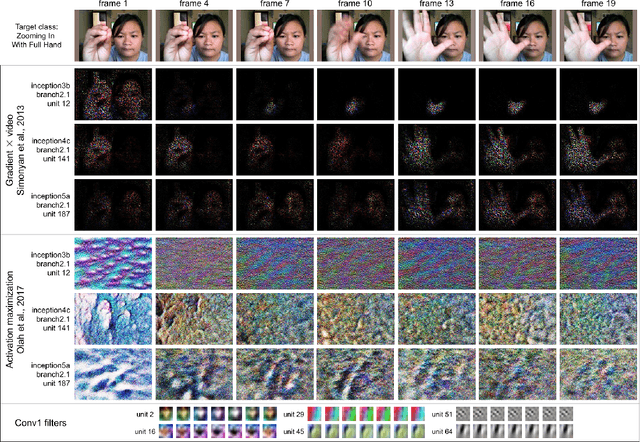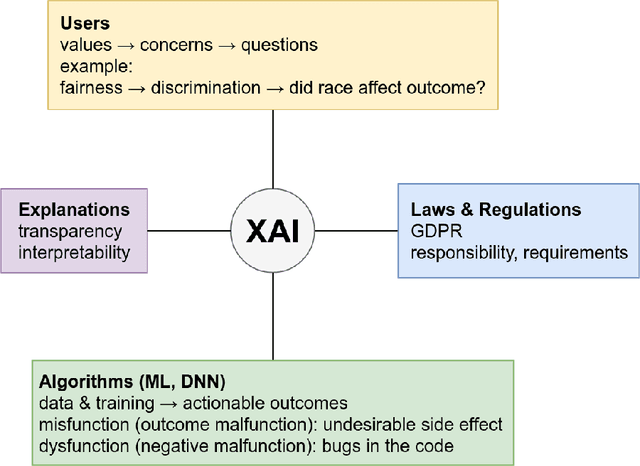Pim Haselager
Explainable 3D Convolutional Neural Networks by Learning Temporal Transformations
Jun 29, 2020



Abstract:In this paper we introduce the temporally factorized 3D convolution (3TConv) as an interpretable alternative to the regular 3D convolution (3DConv). In a 3TConv the 3D convolutional filter is obtained by learning a 2D filter and a set of temporal transformation parameters, resulting in a sparse filter where the 2D slices are sequentially dependent on each other in the temporal dimension. We demonstrate that 3TConv learns temporal transformations that afford a direct interpretation. The temporal parameters can be used in combination with various existing 2D visualization methods. We also show that insight about what the model learns can be achieved by analyzing the transformation parameter statistics on a layer and model level. Finally, we implicitly demonstrate that, in popular ConvNets, the 2DConv can be replaced with a 3TConv and that the weights can be transferred to yield pretrained 3TConvs. pretrained 3TConvnets leverage more than a decade of work on traditional 2DConvNets by being able to make use of features that have been proven to deliver excellent results on image classification benchmarks.
Explanation Methods in Deep Learning: Users, Values, Concerns and Challenges
Mar 29, 2018
Abstract:Issues regarding explainable AI involve four components: users, laws & regulations, explanations and algorithms. Together these components provide a context in which explanation methods can be evaluated regarding their adequacy. The goal of this chapter is to bridge the gap between expert users and lay users. Different kinds of users are identified and their concerns revealed, relevant statements from the General Data Protection Regulation are analyzed in the context of Deep Neural Networks (DNNs), a taxonomy for the classification of existing explanation methods is introduced, and finally, the various classes of explanation methods are analyzed to verify if user concerns are justified. Overall, it is clear that (visual) explanations can be given about various aspects of the influence of the input on the output. However, it is noted that explanation methods or interfaces for lay users are missing and we speculate which criteria these methods / interfaces should satisfy. Finally it is noted that two important concerns are difficult to address with explanation methods: the concern about bias in datasets that leads to biased DNNs, as well as the suspicion about unfair outcomes.
 Add to Chrome
Add to Chrome Add to Firefox
Add to Firefox Add to Edge
Add to Edge